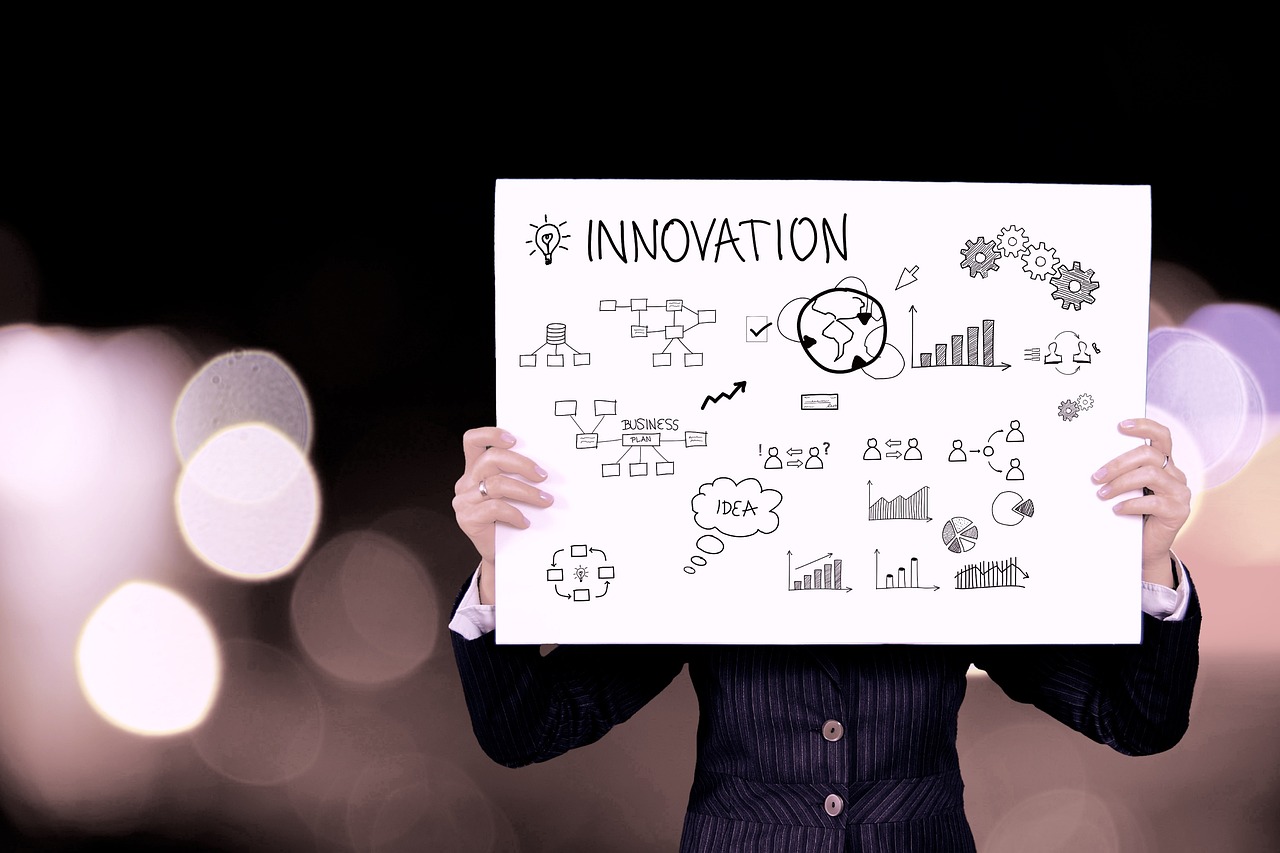Engaging Product Development: The Key to Business Success
In today’s fast-paced market landscape, innovation stands as a crucial pillar for any business aiming to succeed. The art of product development not only helps in creating new offerings but also refines existing products to meet evolving consumer needs. This blog post dives deep into the process of product development, offering insights, practical examples, and actionable tips to guide businesses in their journey from concept to market.
Understanding Product Development
Product development refers to the comprehensive process of bringing a new product to market. It encompasses several stages, from initial idea conception to market launch and beyond. Understanding this process is essential for creating viable products that resonate with consumers.
The Importance of Product Development
- Meets Customer Needs: Product development focuses on addressing the specific needs and preferences of your target audience.
- Innovation Boost: Constantly evolving products helps maintain competitive advantage and relevance in the market.
- Cost-Efficiency: Streamlined product development processes can significantly reduce time to market and associated costs.
Stages of Product Development
The product development process typically follows a structured pathway made up of various stages. Understanding these phases can lead to more successful outcomes.
1. Idea Generation
At this stage, ideas are born from various sources. A few methods to generate product ideas include:
- Market Research: Gathering insights through surveys and focus groups.
- Brainstorming: Engaging team members in creative sessions.
- Customer Feedback: Utilizing direct input from existing customers to identify gaps.
2. Idea Screening
Not every idea is a viable one. This stage involves evaluating ideas based on feasibility, market potential, and alignment with business goals.
- Criteria to consider might include:
- Cost vs. Benefit Analysis
- Market Trends and Demand
- Technological Feasibility
3. Concept Development and Testing
Once ideas are screened, the next step is to develop concepts and test them. This can include:
- Creating a prototype
- Conducting user testing to gather feedback
- Adjusting the product concept based on insights
4. Market Strategy Development
Having validated the product concept, a go-to-market strategy must be crafted. This includes:
- Define your target market.
- Outline pricing strategy.
- Develop promotional strategies to build awareness.
5. Product Development
At this stage, detailed specifications are created, and actual product design and manufacturing commence. Considerations include:
- Selecting materials and suppliers
- Design refinement based on testing feedback
- Developing production timelines
Challenges in Product Development
Despite its importance, product development is fraught with potential challenges. Being aware of these can help navigate the process more smoothly.
Common Challenges
- Resource Allocation: Balancing budget, personnel, and time is crucial.
- Market Uncertainty: Consumer preferences can shift unexpectedly.
- Technical Hurdles: Overcoming engineering and design challenges may stall progress.
Overcoming Challenges
Use these strategies to mitigate challenges:
- Conduct thorough market research to anticipate trends.
- Maintain agile teams that can quickly pivot when needed.
- Implement a stage-gate process to ensure regular reviews and adjustments.
Measuring Success in Product Development
To ensure the success of a new product, businesses must have metrics in place that evaluate both the development process and the product post-launch.
Key Metrics to Track
- Time to Market: How long it takes to move from concept to launch.
- Cost of Development: Total expenditure involved in bringing the product to market.
- Sales Performance: Post-launch sales figures compared to projections.
Surveying Customer Feedback
Utilizing customer surveys following the launch can provide invaluable insights:
- Net Promoter Score (NPS): Measure customer loyalty.
- Customer Satisfaction Score (CSAT): Gauge how well the product meets customer expectations.
- Product Usage Analytics: Understand how customers are interacting with the product.
Conclusion
In summary, product development is an intricate yet rewarding process crucial for any organization looking to innovate and grow. By comprehensively understanding the stages, challenges, and metrics involved, businesses can better position their new products for success. Moving forward, remember that customer feedback and iterative testing are key components to ensure your products not only launch successfully but also continue to evolve with the market.
Whether you’re a startup or an established company, committing to a thoughtful product development process will empower your business to thrive in an ever-changing landscape.






